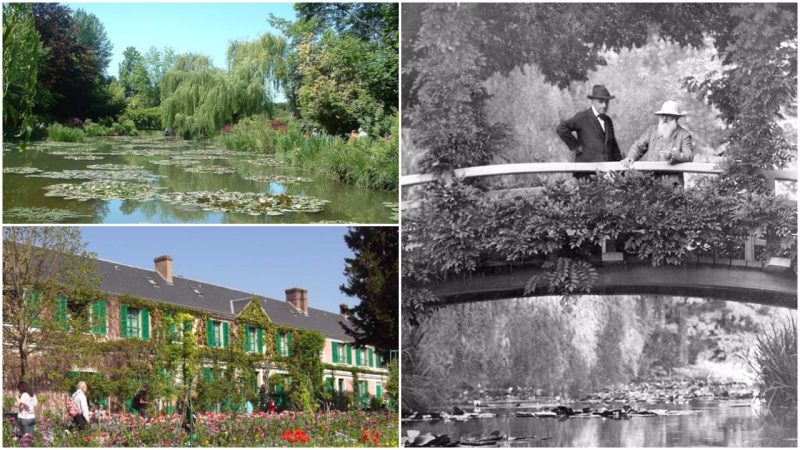It was love at first sight when the famed painter and founder of the French Impressionist movement, Claude Monet, spotted the charming village of Giverny. He immediately knew that this was the place where he would be spending the rest of his life, so he got off the train, walked into the village pub, and started asking the locals if there was a place available for rent. The villagers had some good news for him: there was a farm available for rent in Giverny. Monet soon moved there with his future wife, Alice Hoschedé, and their respective children.
True artistic success was far on the horizon for the middle-aged artist, who was practically penniless at the time he moved to Giverny. However, it was during the years he spent there that he would become one of the world’s most successful artists, attaining international fame and earning a lot of money, most of which he would spend for the creation of his “other” masterpiece–the colorful gardens at Giverny.
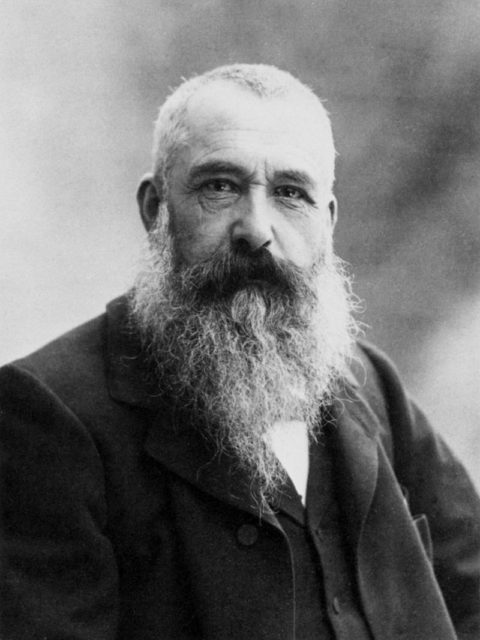
“Everything I have earned has gone into these gardens,” he is said to have told an interviewer. “I do not deny I am proud of them.” Monet’s world of flowers consisted of roses, nasturtiums, ageratums, zinnias, dahlias, and more, and was not created overnight. He spent years carefully designing it with the help of his team of gardeners and his family.

The gardens served as his main inspiration and he often transferred their magic onto the canvas, creating some of his most famous works of art, including Water Lilies and Japanese Bridge.

When he wasn’t painting, his main preoccupation was redesigning the gardens to better inspire his work and this was practically the circle of his life in Giverny. ”I am good for nothing except painting and gardening,” Monet once declared.
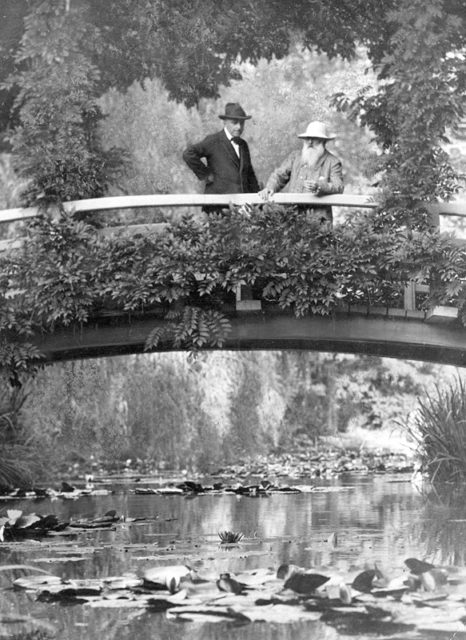
The death of his beloved Alice in 1911 deeply affected Monet, who became depressed and, to make things worse, he began to develop the first signs of cataracts.
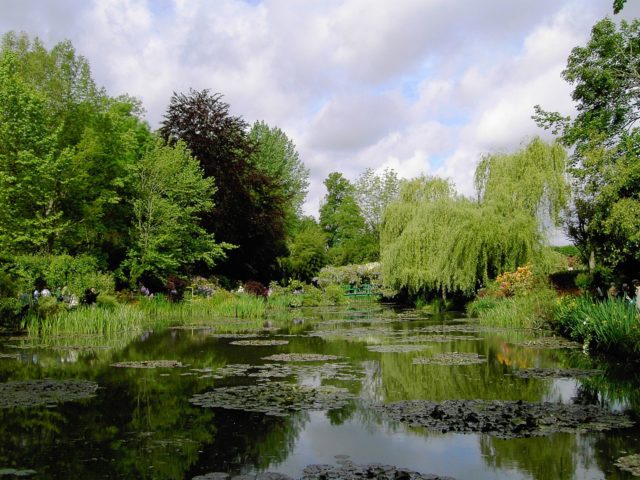
Although the pictures he created became more blurry because of his cataracts, Monet never stopped painting and he always made sure that the gardens looked as glorious as ever, controlling every single detail until his death in 1926.
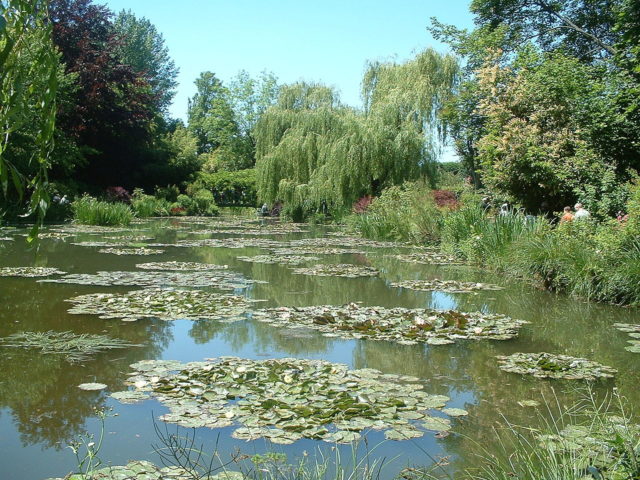
His death, however, changed everything. Monet’s son Michel inherited the property, but he had no intention of living there nor of looking after his father’s garden with the same passion. The precious paintings in the house were sold and the property fell into neglect. The once magical world of flowers that took many years and pure devotion to create was falling apart and soon degenerated into a jungle.
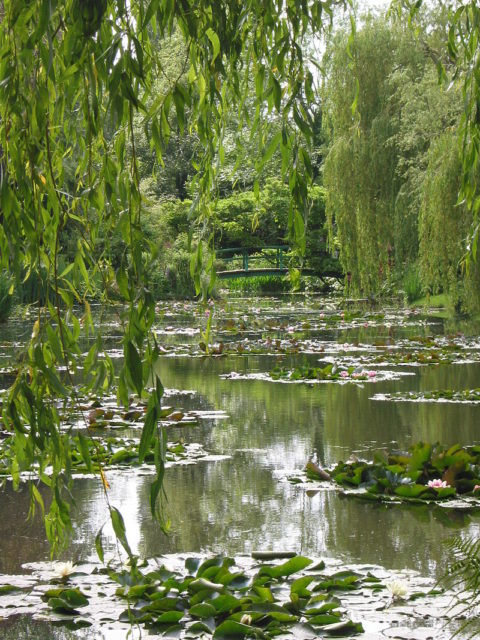
However, the death of Monet’s son in 1966 meant that the property now belonged to the French Academie des Beaux-Arts. Money was raised with the goal of bringing the gardens to their former glory and a major restoration project began in the 1970s.

The restoration of the gardens proved to be quite a challenge for the people who worked on the project, as everything on the property was overgrown and it took years before some results of the hard work became visible. A team of horticulturists, including a gardener who personally worked with Monet on the creation of the gardens, worked tirelessly for about four years before the gardens finally looked like they did in the glory days.
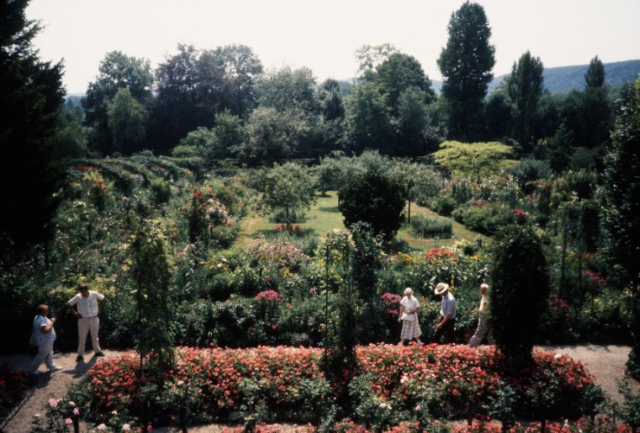
Apart from Monet, one particular man is worth mentioning when talking about the legendary gardens. His name is Gilbert Vahé and he is the man who spent 35 years working as the head gardener of Giverny, starting from the late 1970s all the way to the year of 2011, when James Priest became his successor. Vahé actually came out of retirement this year after the departure of Priest and continues devoting much of his life to Monet’s gardens at Giverny.
Today, the gardens that inspired some of Monet’s masterpieces are a major tourist attraction in France, offering a glimpse into his colorful world and a sweet experience of the French countryside that never ceases to amaze.
